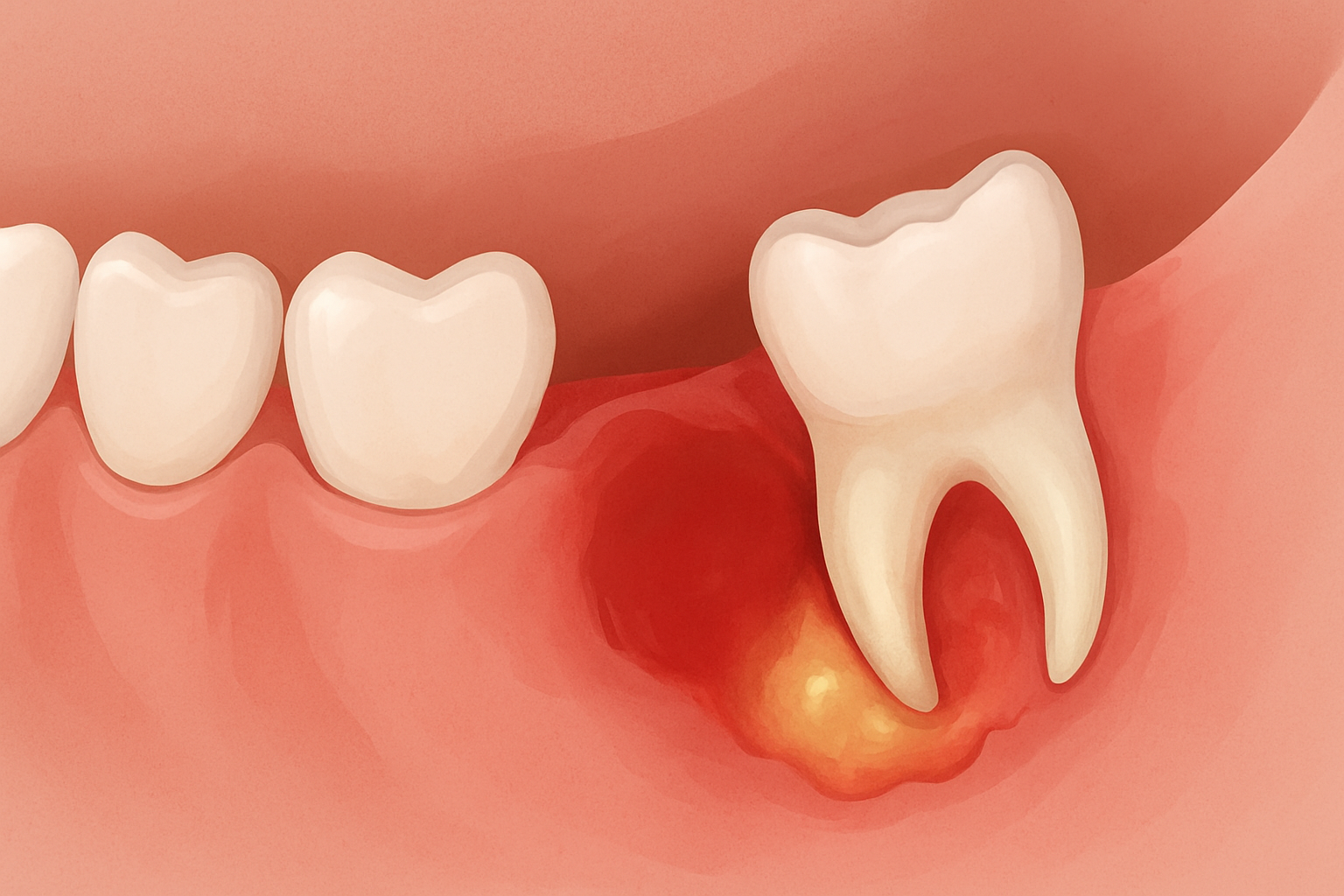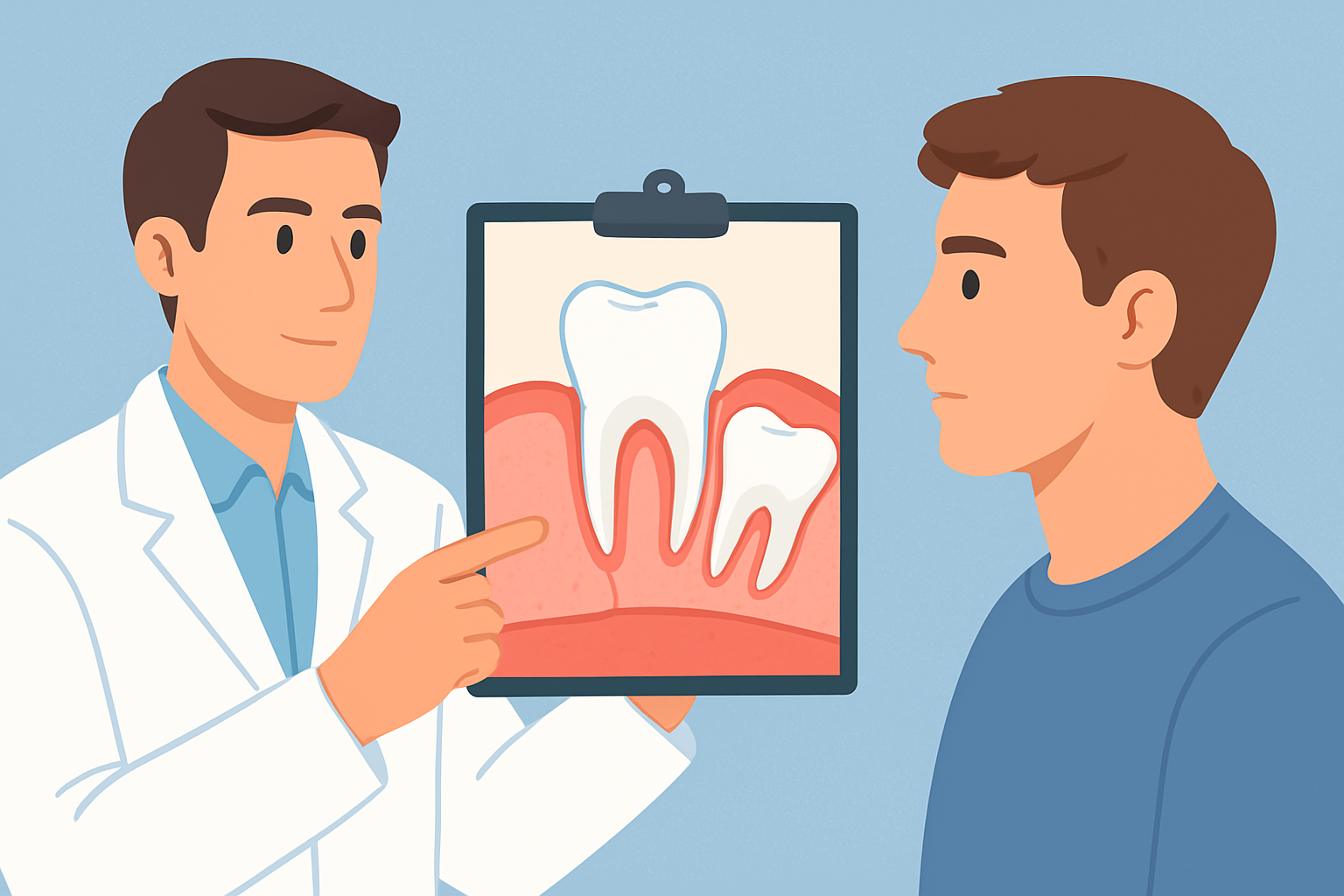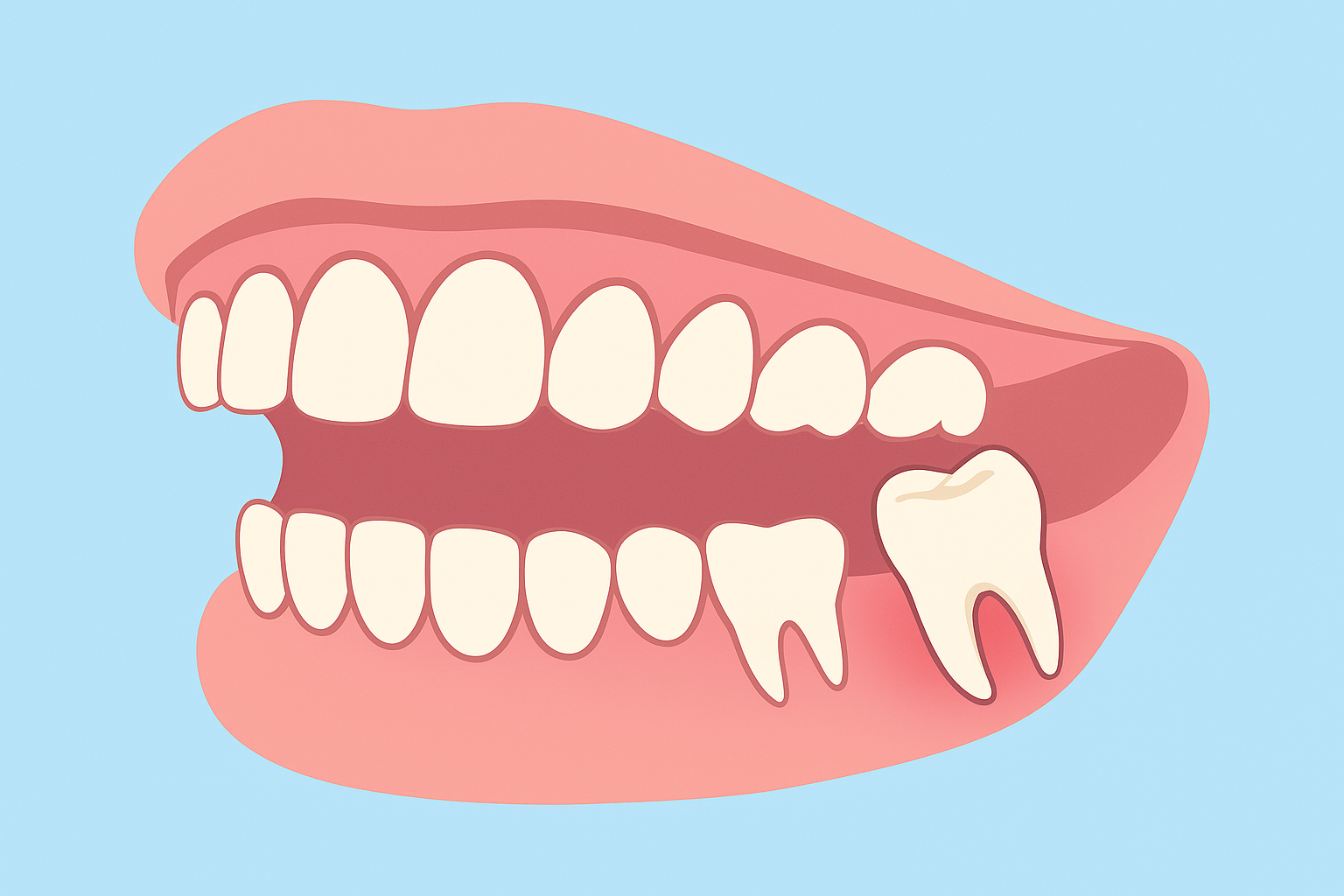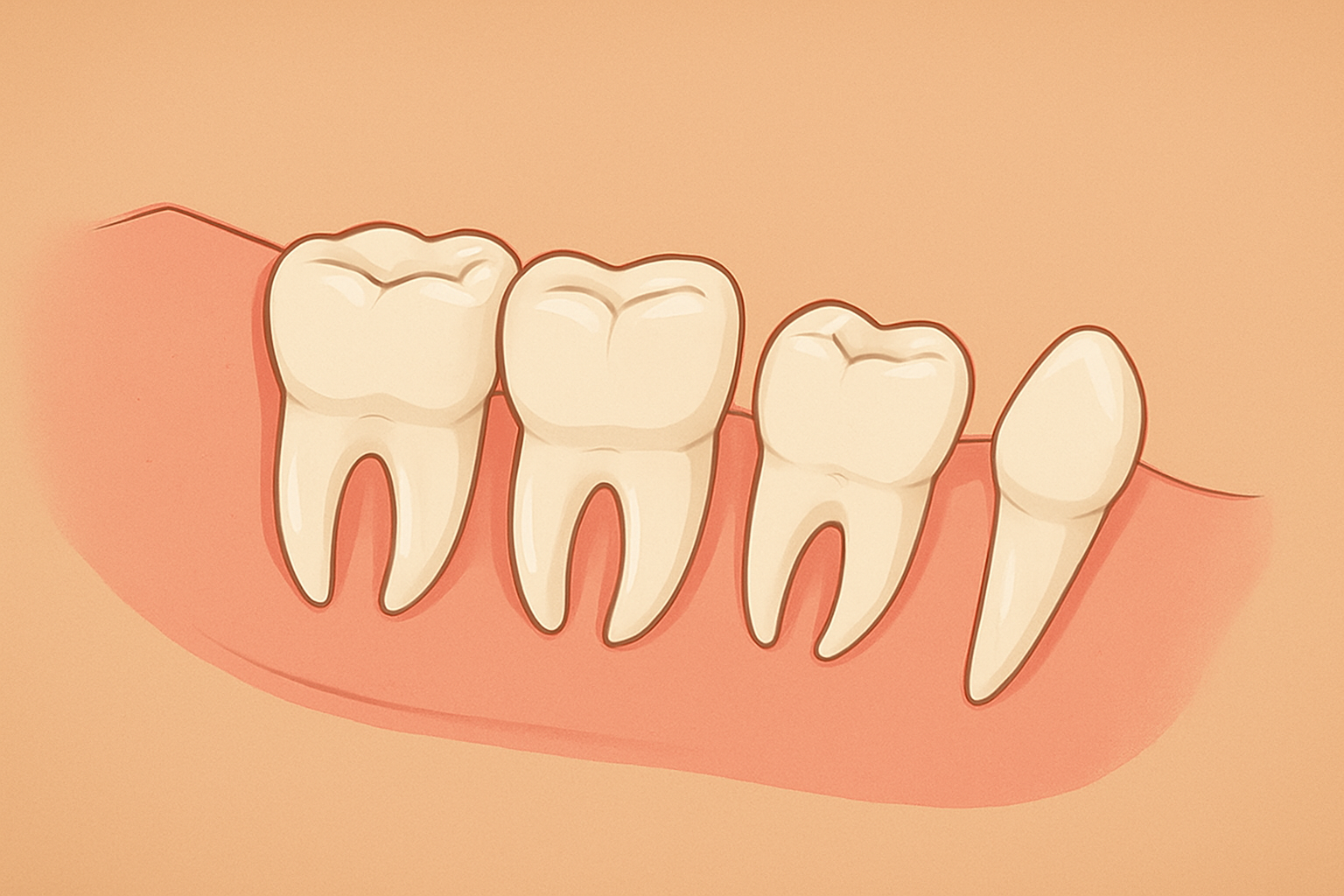Zygomatic Implants: Your Guide to a Stronger Implant Solution

Zygomatic implants have become a life-changing option for patients who have been told they do not have enough bone for traditional dental implants. When the upper jaw loses significant bone volume, standard implants struggle to stay supported. This challenge leads many people to believe they must settle for removable dentures or undergo complex bone grafting procedures that require long healing times.
Zygomatic implants offer a different path. By anchoring securely into the cheekbone—one of the strongest bones in the facial structure—they provide a powerful and stable foundation for full-arch implant restorations. For patients dealing with chronic infections, past extractions, or years of missing teeth, this advanced treatment can restore both function and appearance with impressive long-term predictability.
This guide walks you through everything you need to know about zygomatic implants, including how they work, who they are best for, their benefits, recovery expectations, and cost considerations. Whether you’re researching options after bone loss or comparing implant solutions, this detailed overview will help you make an informed decision.
What Exactly Are Zygomatic Implants?
Zygomatic implants are longer-than-standard titanium implants designed to anchor into the zygomatic bone—commonly known as the cheekbone. This bone is thick, dense, and highly stable, making it an excellent support structure even when the upper jaw has experienced significant bone loss.
Traditional implants depend heavily on the strength and density of the jawbone. But when teeth have been missing for many years, or when infections have gone untreated, the bone gradually shrinks. This can happen in situations similar to those highlighted in the wisdom tooth guide, where underlying infections affect long-term bone health.
Zygomatic implants bypass these challenges by securing the implant farther up into reliable bone. They allow surgeons to avoid sinus lifts, grafting, or multiple staged procedures—making them especially beneficial for complex cases.
Why Zygomatic Implants Are Gaining Popularity
A Reliable Solution for Severe Bone Loss
The biggest advantage of zygomatic implants is their ability to replace missing teeth even when the upper jaw has minimal bone remaining. Many patients who have worn dentures for years, or who have had past tooth problems described in early third molar evaluations, find that bone resorption has progressed to the point that traditional implants are no longer an option. Zygomatic implants restore the opportunity for stable, long-lasting fixed teeth without added grafting procedures.
Faster Treatment With Fewer Surgeries
Because zygomatic implants often eliminate the need for bone grafting, patients usually experience a faster overall treatment timeline. Many case plans even allow same-day placement of a temporary fixed prosthesis, meaning patients can leave the surgery with a full set of functional teeth.
High Strength and Stability
The cheekbone offers excellent support due to its density. Once the implant integrates, it becomes an extremely strong anchor for full-arch restorations. Clinical studies have shown long-term success rates that rival or exceed those of traditional implants placed in compromised bone.
How Zygomatic Implants Are Placed
Step 1: Comprehensive Imaging and Planning
Your surgeon begins with advanced 3D imaging to assess bone quality, implant angles, and the surrounding anatomical structures. This step is essential for ensuring precise placement and long-term stability.
Step 2: Implant Placement into the Cheekbone
The implant is gently guided through the upper jawbone into the zygomatic bone. Because the cheekbone is higher and denser, the implant is typically longer than traditional implants. The process is performed under anesthesia for comfort.
Step 3: Same-Day Temporary Teeth
A major advantage of zygomatic implants is immediate loading. Most patients receive a temporary fixed bridge the same day, enabling them to eat soft foods and smile with full confidence right away. This immediate function greatly improves quality of life during the healing phase.
Who Is a Good Candidate for Zygomatic Implants?
Severe Upper Jaw Bone Loss
The most common reason patients qualify for zygomatic implants is extensive bone loss in the upper jaw. This can occur due to missing teeth, failed dental implants, or long-term gum disease. Bone loss may also follow untreated molar problems, as addressed in early third molar evaluation guides.
Failed Traditional Implants
Patients who previously attempted traditional implants that didn’t integrate properly often turn to the strength of the zygomatic bone for better long-term stability.
Anatomical Limitations
Some patients cannot safely undergo grafting or sinus lifts due to anatomical concerns or medical conditions. For these individuals, zygomatic implants provide a predictable alternative.
Long-Term Denture Wear
Wearing dentures for many years accelerates bone loss and can cause discomfort, sore spots, and instability. Zygomatic implants eliminate denture problems and restore strong chewing function.
Zygomatic Implants vs. Traditional Implants
Structural Differences
Traditional implants are placed vertically into the jawbone. When the bone is insufficient, grafts are needed. Zygomatic implants bypass this issue entirely by anchoring in a stronger bone structure much higher in the facial anatomy.
When Zygomatic Implants Are Preferred
Zygomatic implants are ideal when:
- Jawbone height is significantly reduced
- Grafting would require multiple surgeries
- Patients want immediate results
- Standard implant placement has failed previously
Overall Advantages
- No bone grafting in many cases
- Faster treatment and recovery
- Immediate fixed teeth
- Reliable long-term success
What to Expect During the Procedure
Before Surgery
You will undergo full diagnostic imaging, medical review, and planning. Your surgeon may recommend lifestyle adjustments—like quitting smoking—to improve healing and success.
During Surgery
The procedure is completed under general anesthesia or sedation. Each zygomatic implant is placed at a precise angle to secure it into the cheekbone. Temporary teeth are attached on the same day in most full-arch cases.
Recovery
Patients typically experience mild swelling, manageable discomfort, and improvement within a few days. Most resume work within a week. Over the next several months, osseointegration continues as the implant bonds with the bone.
For cost comparisons related to oral surgery complexity, many patients refer to the removal cost guide to better understand how different procedures can influence pricing.
How Much Do Zygomatic Implants Cost?
Zygomatic implants are more advanced than traditional implants, so the cost reflects the complexity and expertise-required. Factors that affect pricing include:
- Number of implants needed
- Surgical difficulty
- Type of final prosthesis
- Required imaging
- Surgeon experience
Some patients explore benefits and limitations of dental coverage by reviewing implant-related coverage information in the implant insurance guide before scheduling treatment.
Although the cost is generally higher, many patients find that avoiding multiple grafting surgeries leads to a more efficient and results-driven process.
Are Zygomatic Implants Safe?
Strong Clinical Success
Zygomatic implants have been used successfully for more than two decades. Studies consistently report high survival rates and excellent long-term patient satisfaction.
Importance of Surgeon Expertise
Because the procedure is more technically advanced than standard implants, choosing an experienced oral and maxillofacial surgeon is critical. Specialized training ensures precise placement and reduces the risk of complications.
Life After Zygomatic Implants
Improved Function
Patients regain the ability to chew comfortably, enjoy a full range of foods, and speak confidently. The secure foundation of the implants eliminates the slipping or movement associated with dentures.
Enhanced Aesthetics
Bone loss can lead to sunken cheeks or facial collapse. Zygomatic implants restore natural facial support by anchoring a full-arch restoration securely.
Long-Term Durability
With proper hygiene and routine checkups, zygomatic implants can last decades. The cheekbone’s density promotes strong osseointegration, supporting long-term stability.
Choosing the Right Surgeon
Selecting a surgeon with extensive experience in complex implant cases makes a significant difference in your treatment outcome.
Key qualities to look for include:
- Board certification
- Experience with zygomatic implant procedures
- Advanced surgical training
- Modern imaging and planning technology
- Before-and-after patient documentation
Final Thoughts
Zygomatic implants provide one of the most reliable and life-changing solutions for individuals with severe upper jaw bone loss. They eliminate the need for bone grafting, provide immediate functional teeth, and offer long-term success for patients who want a stable and natural-feeling restoration. Whether you’ve struggled with dentures, bone loss, or failed implants, zygomatic implants can restore confidence, comfort, and quality of life.
With the right surgeon and a customized treatment plan, you can enjoy a secure smile that functions naturally for many years to come.

How to Tell If Your Wisdom Tooth Is Infected
November 21, 2025

Best Home Remedies for Bleeding Gums: What Really Works
November 22, 2025

What’s the Best Age to Remove Wisdom Teeth?
November 28, 2025

Should You Keep Your Wisdom Teeth? Understanding the Long-Term Effects
November 17, 2025

How Many Wisdom Teeth Does a Person Have?
December 4, 2025